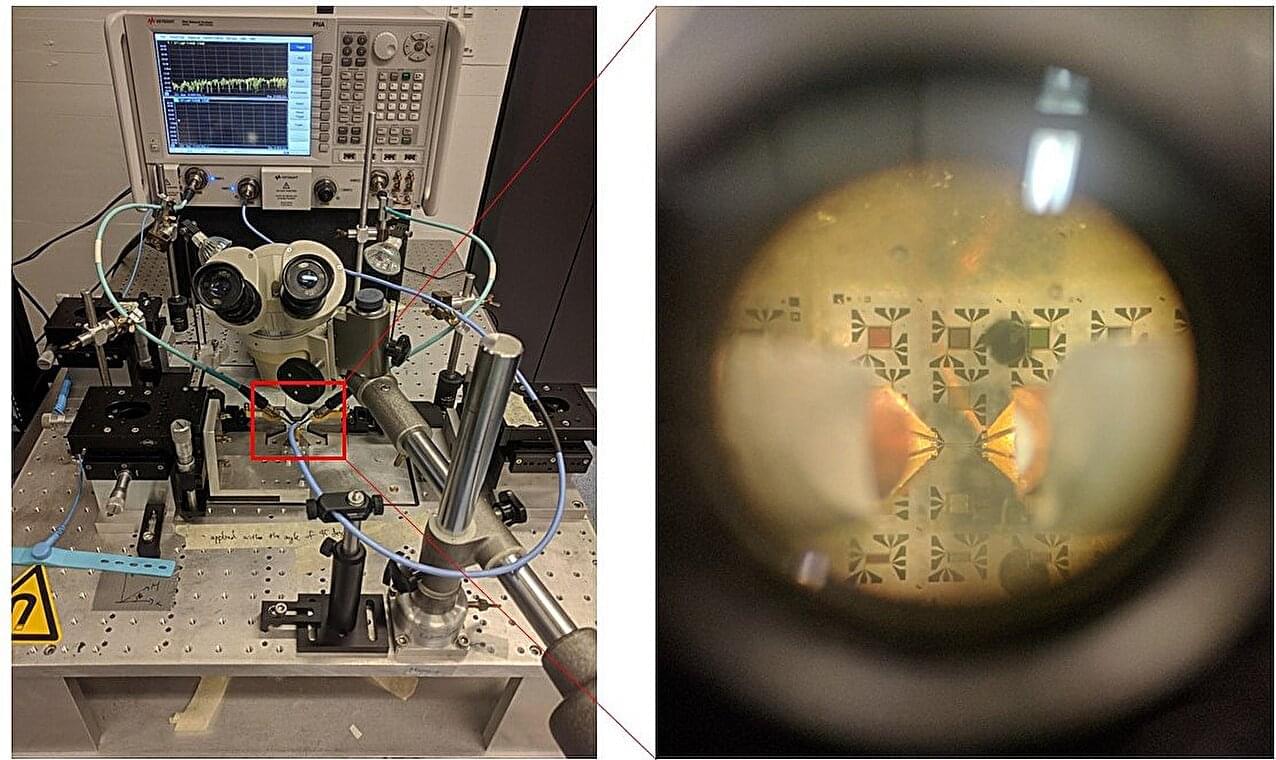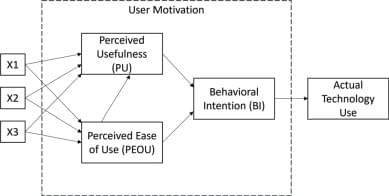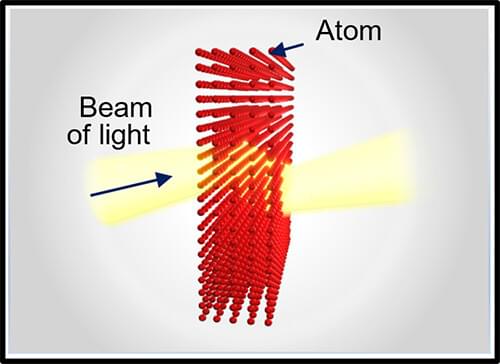A research group recently discovered the disappearance of nonreciprocal second harmonic generation (SHG) in MnPSe₃ when integrated into a two-dimensional (2D) antiferromagnetic MnPSe₃/graphene heterojunction.
The research, published in Nano Letters, highlights the role of interfacial magnon-plasmon coupling in this phenomenon.
2D van der Waals magnetic/non-magnetic heterojunctions hold significant promise for spintronic devices. Achieving these functionalities hinges on the interfacial proximity effect, a critical factor. However, detecting the proximity effect in 2D antiferromagnetic/non-magnetic heterojunctions presents considerable challenges, due to the small size and weak signals associated with these structures.









